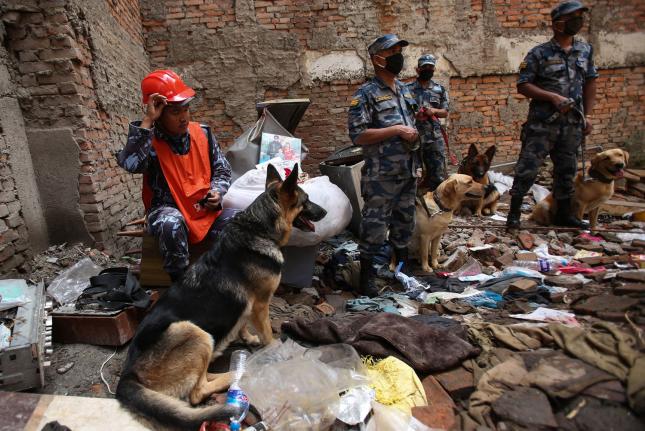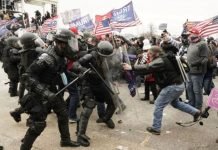
Nepal Gives Up Hope for More Survivors, Death Toll Exceeds 7,000

As relief efforts continue across the country, the Nepali government is coming under fire for blocking initiatives to bring assistance to remote areas and allegedly slowing the delivery of aid. There have been several reports of foreign aid stopped at Kathmandu’s small airport and, in some cases, turned away. Saturday, Suman Prasad Sharma, the Nepali finance secretary, denied charges the government was levying import taxes on aid.
“We haven’t sent back anything, and there’s no duty to pay on anything. These charges are completely irresponsible and I refute them,” Sharma told The Guardian.
The earthquake, and many aftershocks, has devastated the country. As of 8:30 p.m. (10:30 a.m. ET) Saturday, 7,040 were dead and 14,398 were injured.
“It will be a miracle if anyone is found alive,” Home Ministry spokesman Laxmi Dhakal told CNN. “But we have not completely given up yet and are continuing to look.”
UNICEF, the United Nations’ children’s fund, said it’s a race against time to avert disease and help local children as monsoon season approaches. The UN estimates that some three million people need food assistance, with about half having an immediate need.
“We have a small window of time to put in place measures that will keep earthquake-affected children safe from infectious disease outbreaks – a danger that would be exacerbated by the wet and muddy conditions brought on with the rains,” said Rownak Khan, UNICEF Deputy Representative in Nepal. “That’s why it’s so crucial to get essential medicine, medical equipment, tents and water supplies out to these areas now.”
Valerie Amos, the UN’s humanitarian affairs chief, said she reminded Prime Minister Sushil Koirala of the 2007 UN agreement to quickly render aid in disasters with simpler and faster customs clearance procedures.
“I was extremely concerned to hear reports that customs was taking such a long time. I was able to raise this with the prime minister this morning,” said Amos said. “(Koirala) has undertaken to ensure that happens, so I hope that from now we will see an improvement in those administrative issues.”
The quake destroyed at least 70,000 homes and damaged another 530,000. An estimated 500,000 Nepalis have been sleeping in the open because of home damage or fears of another earthquake.





